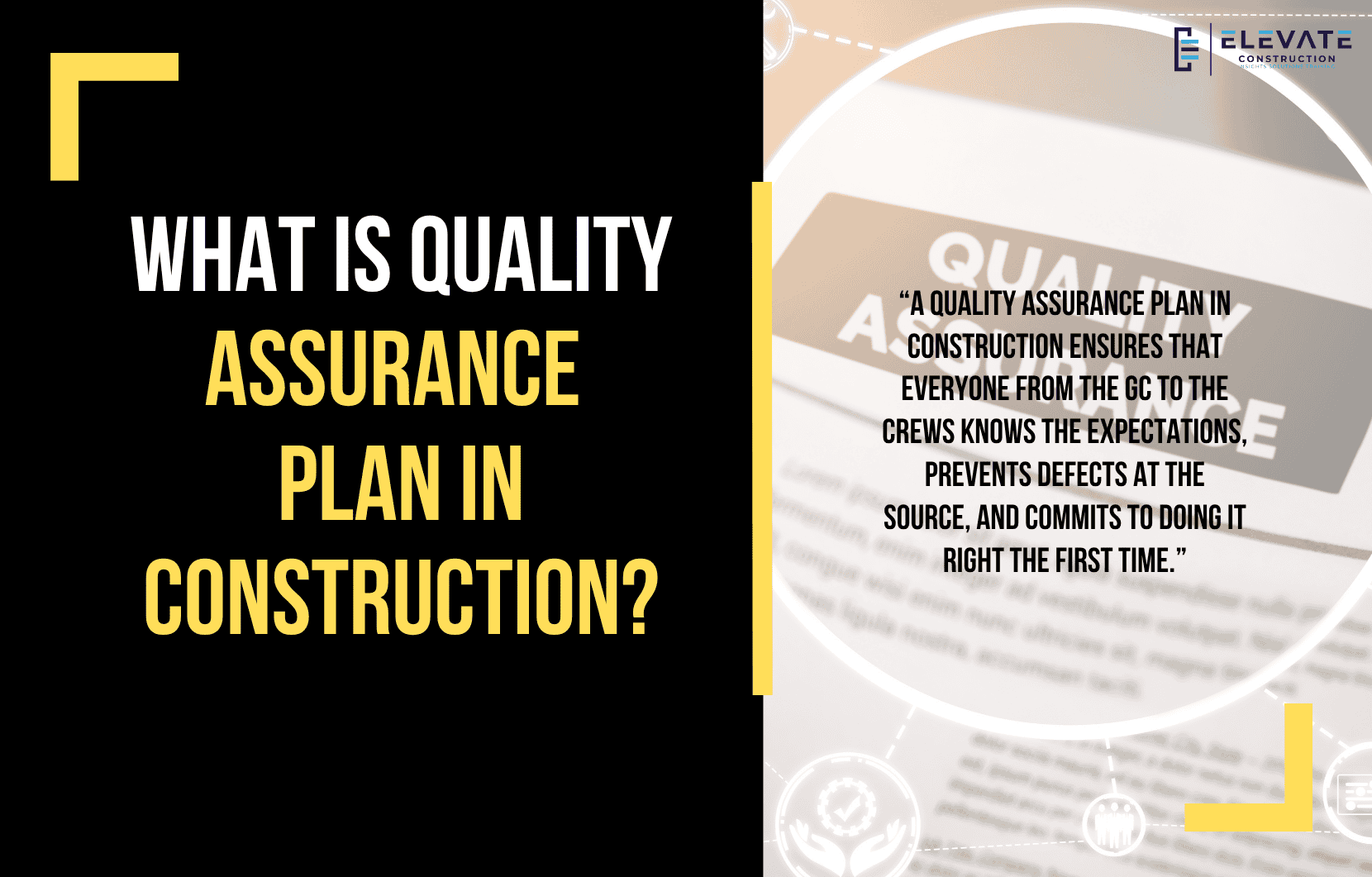What Is a Quality Assurance Plan in Construction?
Quality assurance in construction is often confused with quality control but the two are very different. From a lean perspective, we must aim for quality at the source, where defects are prevented before they happen. That’s the essence of quality assurance.
This blog will explore what a quality assurance plan is, how it differs from quality control, and how it can transform the way we deliver construction projects.
Quality Assurance vs. Quality Control
- Quality Assurance (QA): Preventative. It sets up systems, processes, and environments to stop defects from happening in the first place.
- Quality Control (QC): Reactive. It identifies and fixes defects through inspections after the work is already done.
Think of QA as building things right the first time, while QC checks to see if it was done right after the fact.
Lessons from Japan
I’m preparing for a study trip to Japan with Paul Akers, author of 2 Second Lean. Japan is often described as another world, clean, safe, respectful, and visually organized. But what really sets Japan apart is its culture of quality at the source.
After World War II, the U.S. had mastered lean production methods, teaching factory workers, including women and older men new to the workforce, how to produce at an unprecedented scale. But when soldiers returned, much of that knowledge was forgotten.
Japan, however, embraced these lessons, guided by leaders like Dr. W. Edwards Deming, and made them a permanent part of their culture. While the U.S. slipped into a cycle of inspection and rework, Japan advanced with total quality management focusing on preventing defects rather than fixing them later.
Who Creates the Quality Assurance Plan?
The general contractor, together with trade partners, develops the QA plan. But it shouldn’t be a long, dusty document no one reads. Instead, it should be:
- Simple – distilled down to a few clear pages.
- Visual – supported by posters, signage, and checklists.
- Practical – embedded in daily work on the construction site.
Examples of Quality Assurance in Action
- Pre-construction and preparatory meetings.
- Visual expectations and checklists.
- Mockups and first-run studies to set standards early.
- Training crews in controlled environments before site work begins.
- Zone control walks and daily inspections at the source.
- Jigs, templates, and visual signage that prevent errors.
- Field engineering to double-check before placement.
By contrast, after-the-fact inspections are quality control. QA focuses on preventing the issue altogether.
Building a Culture of Quality Assurance
A quality assurance plan only works if it becomes part of the site culture. That means:
- Daily huddles and leadership engagement.
- Crews empowered to stop work if something is wrong.
- First-in-place zones used as mockups for future work.
- Commitment to never pass along defective work.
When teams know the expectation is to “do it right the first time,” QA becomes second nature.
Summary
A quality assurance plan in construction ensures that everyone from the GC to the crews knows the expectations, prevents defects at the source, and commits to doing it right the first time.
It’s not just a document, it’s a culture. And when that culture takes root, construction teams achieve consistency, flow, and excellence without relying on endless inspections and rework.
If you want to learn more we have:
-Takt Virtual Training: (Click here)
-Check out our Youtube channel for more info: (Click here)
-Listen to the Elevate Construction podcast: (Click here)
-Check out our training programs and certifications: (Click here)
-The Takt Book: (Click here)
Discover Jason’s Expertise:
Meet Jason Schroeder, the driving force behind Elevate Construction IST. As the company’s owner and principal consultant, he’s dedicated to taking construction to new heights. With a wealth of industry experience, he’s crafted the Field Engineer Boot Camp and Superintendent Boot Camp – intensive training programs engineered to cultivate top-tier leaders capable of steering their teams towards success. Jason’s vision? To expand his training initiatives across the nation, empowering construction firms to soar to unprecedented levels of excellence.
On we go

